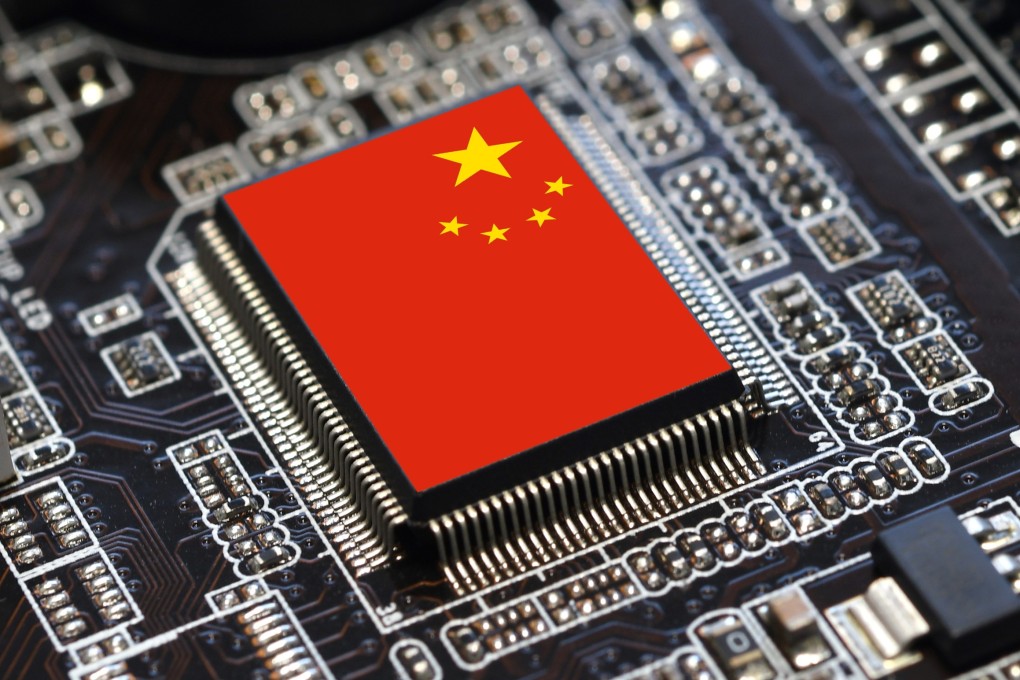Tech war: new US export controls block China from achieving its semiconductor ambitions
- Among the restricted technologies are electronic computer-aided design software and two next-generation chip substrates, gallium oxide and diamond
- The banned technologies are among items covered by the multilateral 1996 Wassenaar Arrangement, in which China is not a member

The Bureau of Industry and Security (BIS), an agency under the US Department of Commerce, last Friday announced the export controls on grounds of national security. The four restricted technologies are among the items covered by the multilateral 1996 Wassenaar Arrangement on Export Controls for Conventional Arms and Dual-Use Goods and Technologies, in which China is not a member.
Three of the four restricted technologies include electronic computer-aided design software, which is used for developing next-generation chips with gate-all-around (GAA) field-effect transistor structure, and two substrates of so-called ultra-wide bandgap semiconductors – gallium oxide and diamond – that operate at much higher voltages, frequencies and temperatures than conventional chip materials like silicon.
While China is not singled out in the latest US export controls, analysts said the restrictions clearly target the world’s second-largest economy.

“The US is targeting the future,” said Shang Manjun, an analyst with Shanghai-based semiconductor consulting firm ICwise. She described the export restriction on software used for designing advanced chips as “a trump card” that Washington has not used before.